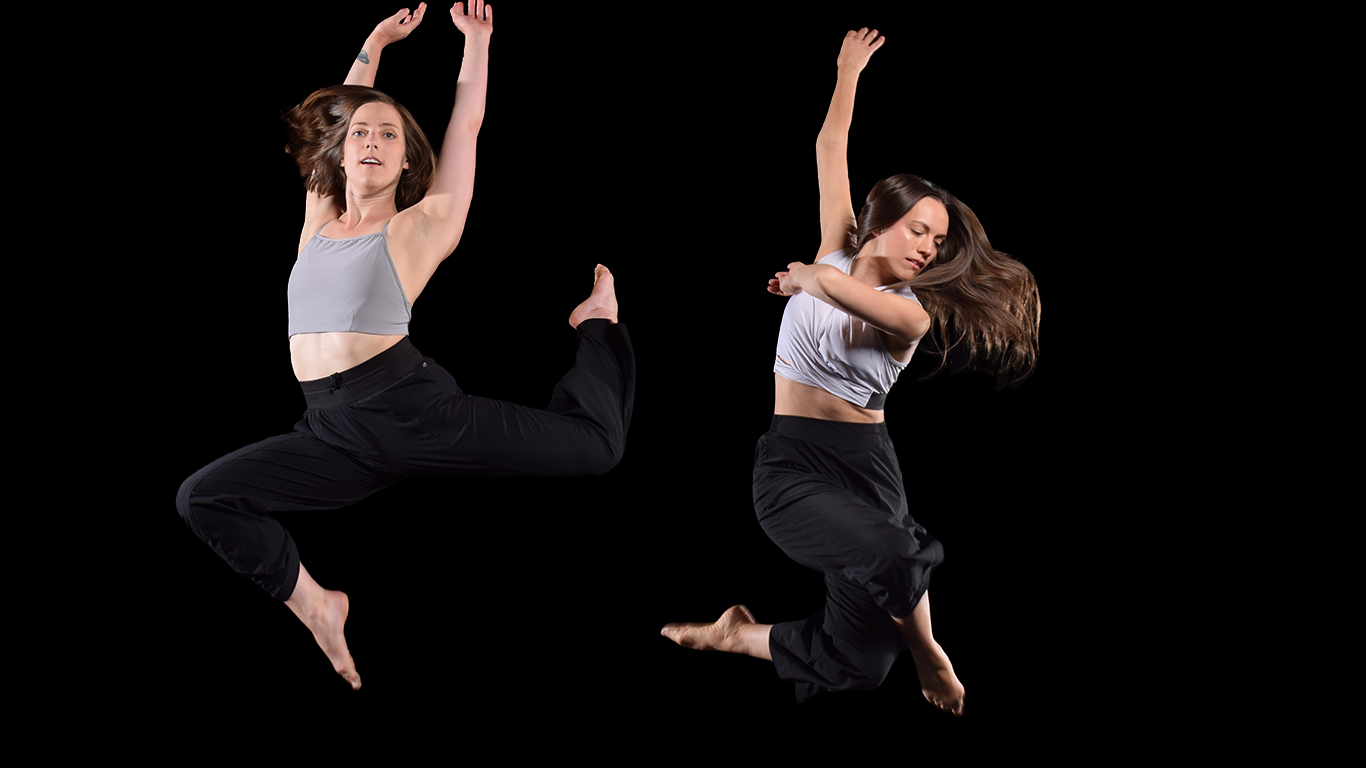Lesson of the Month Oct. 2019
Welcome to RDT’s series of posts for teachers who want to include movement/dance in their classrooms. Feel free to take a look at the previous posts here, under Lesson of the Month section. Our goal is to inspire teachers to use simple dance moves with their students to help them get to know each other as the school year starts.
We hope to encourage creativity and lead teachers to take the lesson plans to many levels. We also want to encourage you to share your results with us! Please post comments, videos, new ideas based on the original plan, etc. You can post at the hashtag #RDTlessonplanofthemonth.
Also, please feel free to provide feedback and make suggestions below in the forum. Join us on Facebook, Instagram and Twitter if you would like to post pictures or videos of your work with students.

Water and Erosion
By Lynne Larson
Science Standard
ESS2.D Standard K.1.1: Obtain, evaluate, and communicate information about local, observable weatherconditions to describe patterns over time. ESS2.D Standard 3.1.1: Analyze and interpret data to reveal patterns that indicate typical weather conditionsexpected during a particular season.
Warm-Up: Use water imagery as warm-up material. Water falls, it drops, it flows, travels in currents, pools, drips, fills up the space provided, erodes,
Investigating: Discuss the various places water is stored on the earth, glaciers, oceans, ponds, etc. Discuss the processes of evaporation, condensation, and precipitation. Using movement, have the students ex-plore the concepts just discussed using their bodies. For evaporation, explore slow ascending motions, that use all parts of the bodies different directions ascending in spiral way, a wavy way in a straight way…for condensation, explore ways that the water molecules condense to form clouds, and how they fall to earth in different forms of precipitation. Explore, rain, hail, snow, fog, etc. At this point, discuss with the students the types of clouds (cirrus, cumulous, stratus, etc.). What are their characteristics? How are they different from one another? What are their shapes? Which of these produce precipitation?
Create: Put students in small groups, first have them create cloud shapes that match the cloud types dis-cussed above, how would these clouds change shape as the moved through the atmosphere by the wind? Then, have them create their own water cycle, moving through each part, showing the characteristics of each phase. They can choose their form of precipitation and cloud formation.
Investigating: 2: Discuss positive and negative space. The positive space is the space the body takes up, negative is the space that is empty. Have the students in pairs and then using shaping ideas, have one partner create a shape and have the 2nd partner connect to the person’s negative space. Trade who is the leader and go through this a few times. You can repeat this exercise with positive space as well.
Creating 2: Have the students practice creating a giant landform using positive and negative space, and many levels. Select yourself (teacher) or another student to be the water that will erode away part of the landform. Tap students on the shoulder and have them remove themselves from the formation. Select about half the class and then see what is left of the “eroded” landscape.





